

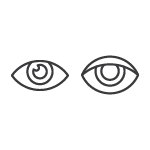
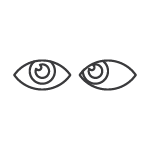
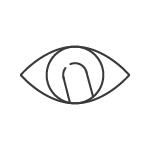


The optic nerve connects the eyes to the brain, sending the information to the brain that allows us to see.
When the optic nerve is healthy, clear vision is possible. Colours remain vibrant and contrast is sharp in what you see. A damaged optic nerve therefore has negative effects on your vision.
Optic nerve problems may arise from injury through trauma or conditions like glaucoma. Examples of optic nerve damage symptoms are impaired vision or outright vision loss.
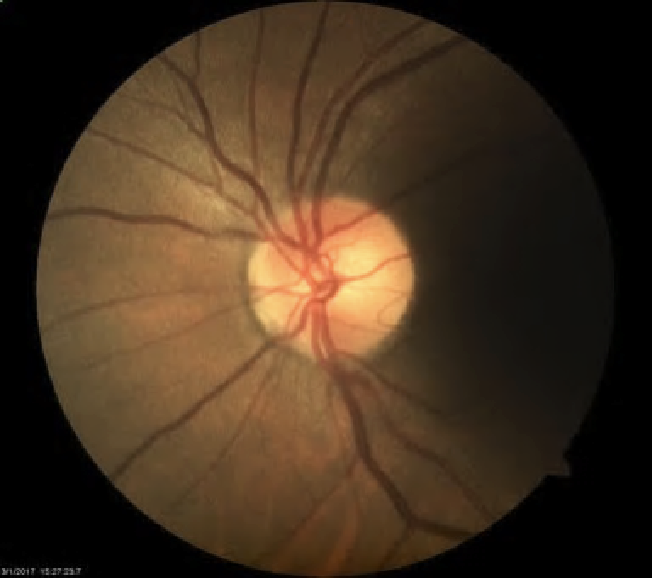
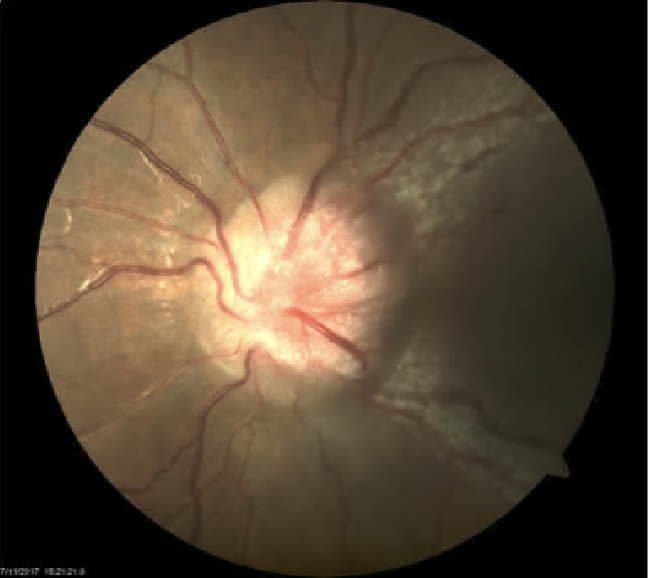
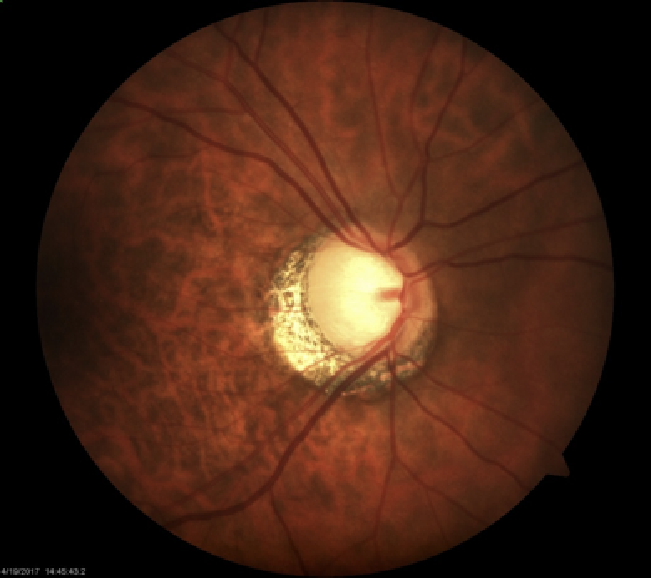
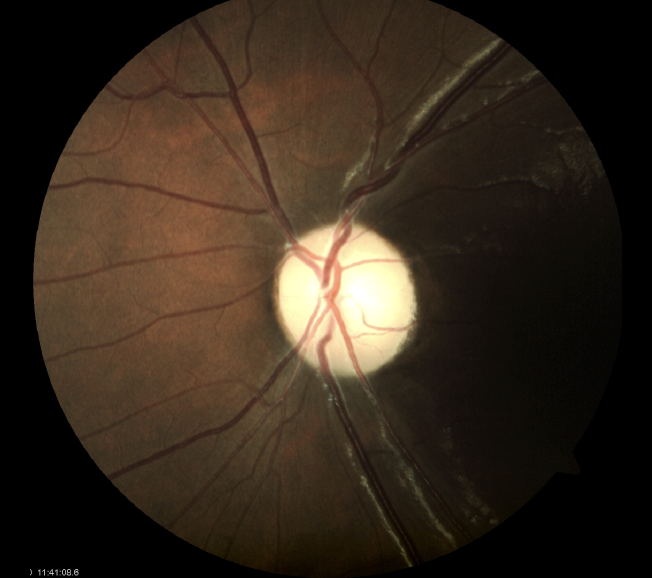
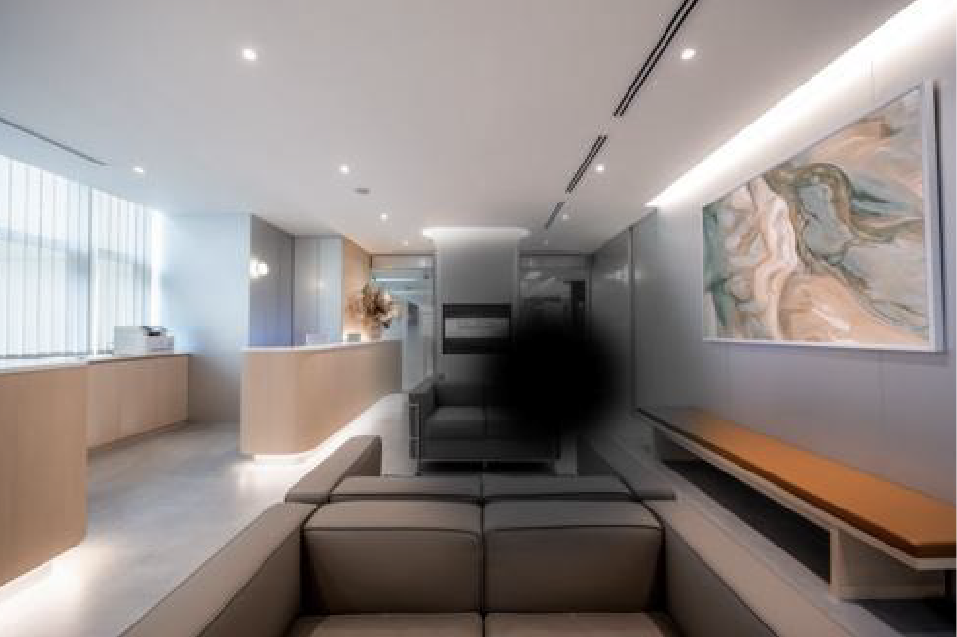
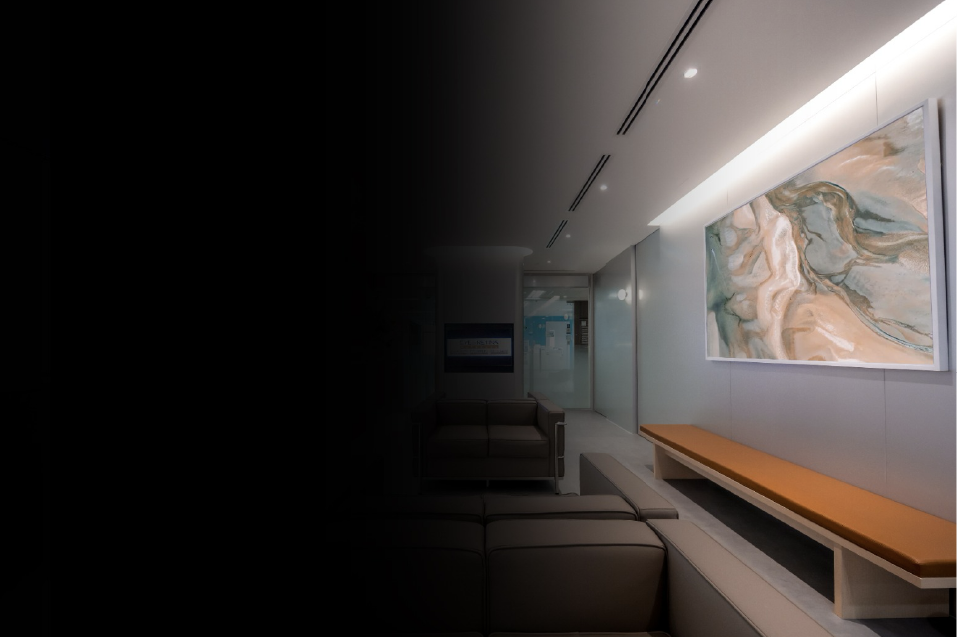
These are also called visual field defects, and refer to cases where a patient loses part of their vision or suffers impairment to it. It can affect one or both eyes, and may be caused by issues like optic nerve inflammation or diseases in the optic nerve, retina or brain.
Our team of specialists at ERS Suntec City can help patients with visual rehabilitation in most cases.
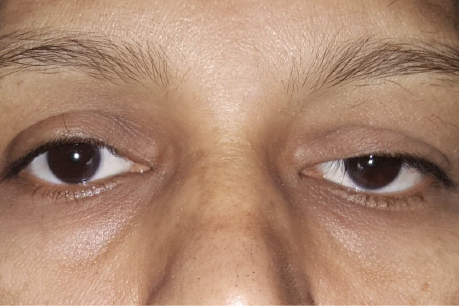
Ptosis is the drooping of an eyelid or both eyelids. Aponeurotic ptosis is the most common type and arises from the loss of tone in the skin or muscles as we age. However, ptosis can also be caused by a serious condition affecting the nerves or muscles of the eyes.
While most cases of ptosis are benign, ptosis can be a sign of a neurological issue. It is therefore advised that individuals with ptosis seek a proper medical evaluation for it to determine if further treatment is required.
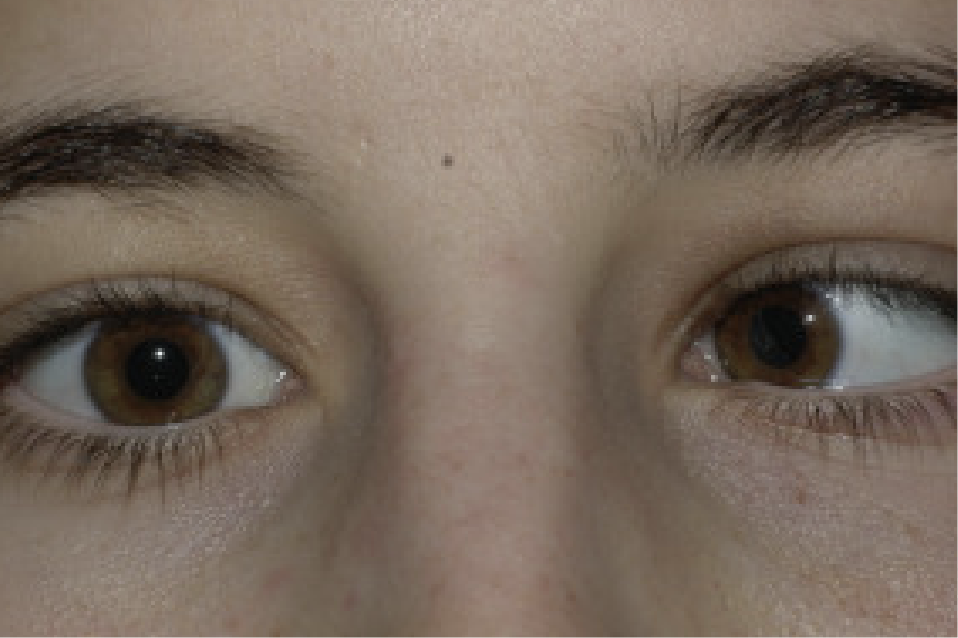
Excessive squinting and eye movement abnormalities can lead to the eyes looking misaligned or the development of double vision.
Meanwhile, nystagmus (bouncy vision) is an involuntary and repetitive movement of the eyes that can cause vision instability. This can be congenital or may develop later in life due to factors like strokes, tumours or even ear problems.
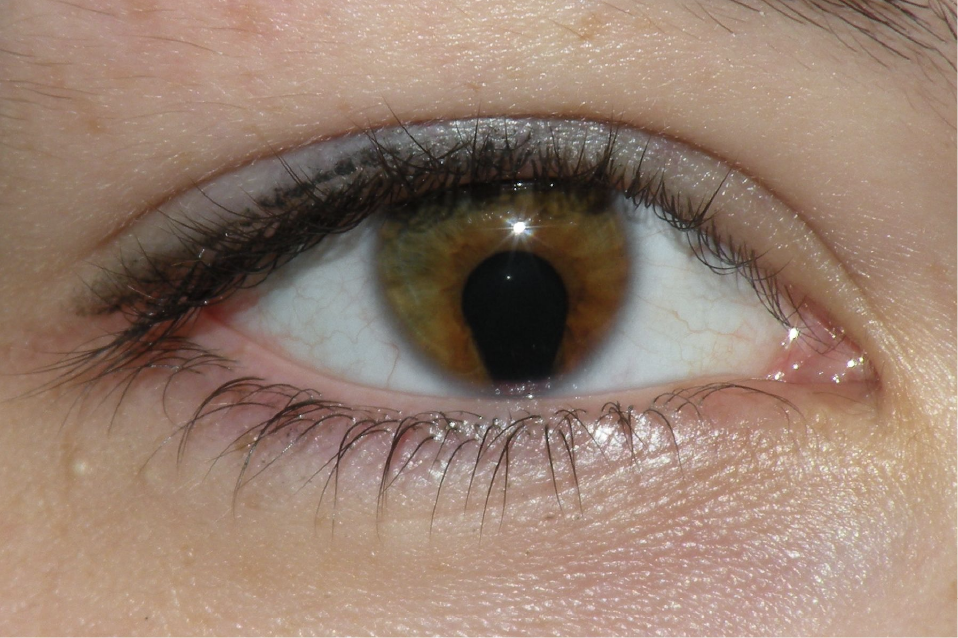
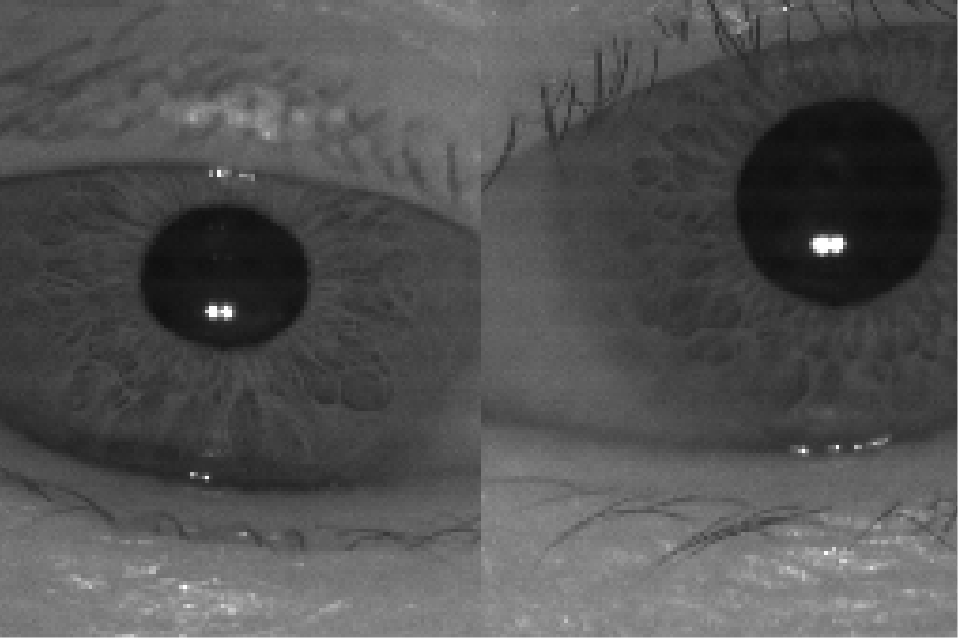
The pupil is the opening in the iris that lets light into the eye.
Pupillary disorders like keyhole pupil (coloboma) can lead to visual problems such as blurry vision and glare.
A marked difference in pupil size can also be a sign of a medical condition or disease elsewhere in the body, like a tumour compressing a nerve. Individuals with pupillary abnormalities are advised to seek a proper medical checkup.
Face and eyelid spasms are also known as hemifacial or blepharospasms. While often caused by dry eyes, they can also be the result of nerve injuries or issues. This condition can arise in individuals of all ages.
A proper evaluation is needed to investigate and treat the root cause of these spasms. If a temporary measure is needed to stop them while the investigation is ongoing, Botox injections may be used to reduce eyelid and facial twitching.
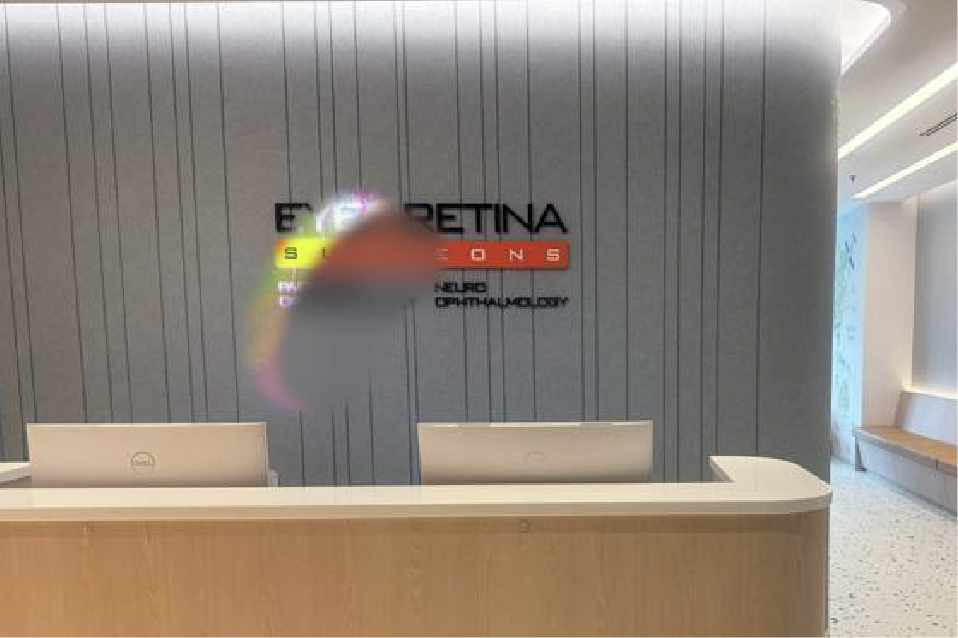
Although headaches are common problems, they may be a symptom of an underlying neurological disease. There are various types of headaches as well, including ocular migraine and migraine spectrum headaches.
Migraine spectrum disease is a condition where the patient has headaches accompanied by visual phenomena like flashing lights, zigzag lines, or visual field loss. This is often a migraine affecting vision, and can be debilitating for the individual during the migraine attacks.
Neuro-ophthalmology is a specific branch of ophthalmology that’s concerned with vision problems relating to the nervous system. Ophthalmology is a much broader field focused simply on eye health and conditions, by comparison.
You don’t need a referral to see a neuro-ophthalmologist, although most people seek one first to ensure they need this type of specialist care.
Neuro-ophthalmology consultations may involve tests such as pupil examinations, colour vision tests, and Amsler grid tests.
Neuro-ophthalmology can help with some headaches that affect vision, but this will depend on the source of your headache.